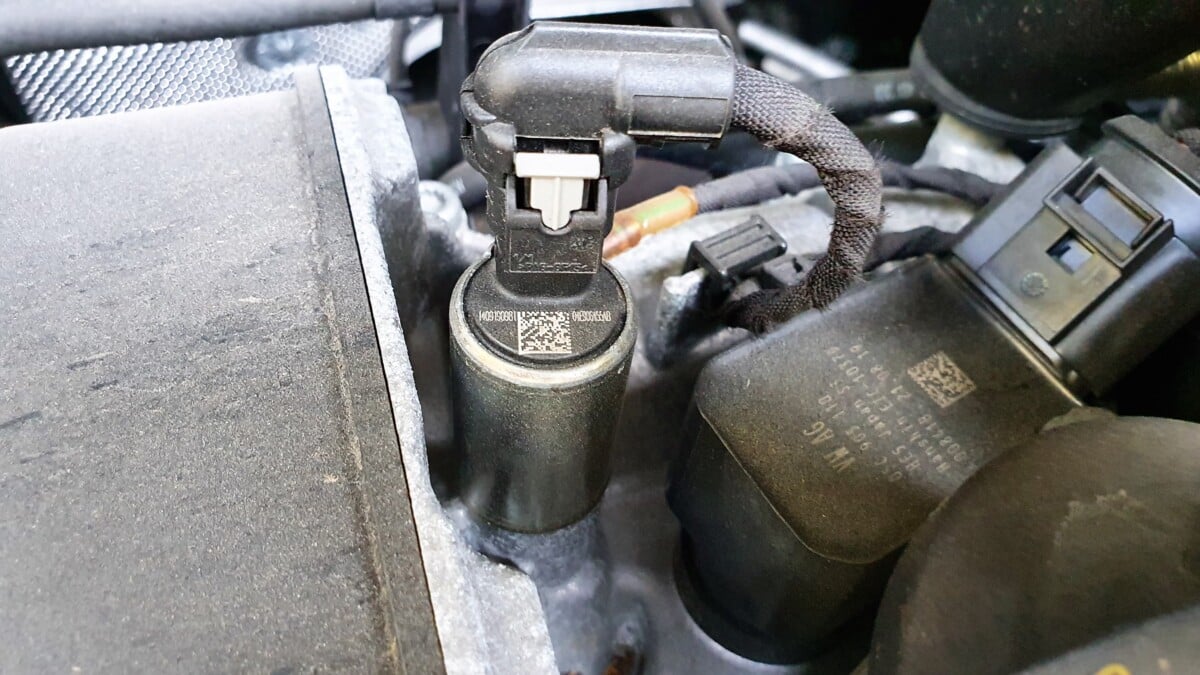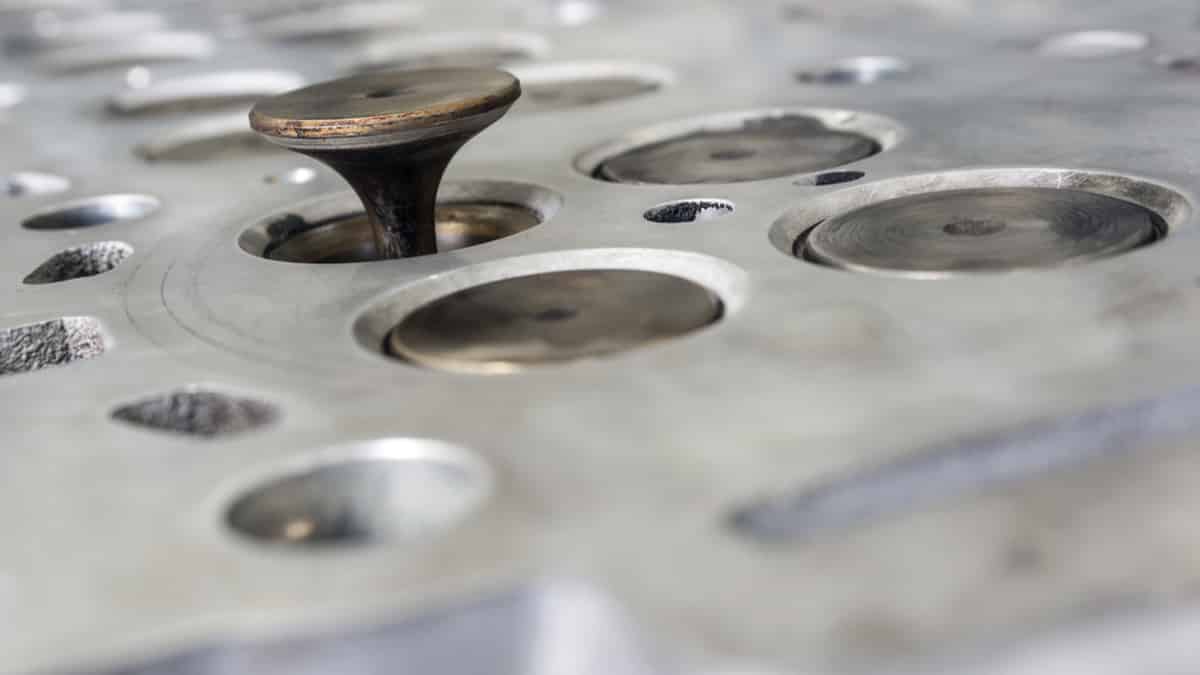When your car isn’t running right, one of the last things you want to do is take it to a mechanic and hear that it needs a new valve body.
Unfortunately, many people don’t even know what a valve body is, let alone what symptoms point to its impending failure.
In this post, I’ll outline six common symptoms of a bad valve body, as well as where it’s located and how much it costs to replace it. Keep an eye out for these warning signs, and replacement may be avoidable!
Symptoms Of A Bad Valve Body
The most common symptom of a bad valve body is various types of shifting issues. These shifting issues include wrong shifting, wrongly timed gear changes, or sharp gear changes. It could also cause a slipping transmission.
Here is a more detailed list of the signs of a bad or failing valve body to look for:
1. Wrong Gear Changes

As stated in the introduction, your valve body will be the brains behind your gear change on an automatic gearbox. They are designed not only to respond to your throttle pedal, but also to change gears at the most economical RPM to help make your vehicle as fuel-efficient as possible.
So, if you notice that your vehicle’s recently decided to either change up or down a gear when you were expecting the opposite, this could be a sign of a faulty valve body. Also, if you notice that your gearbox is skipping gears when shifting either up or down, this could also point towards a faulty valve body.
2. Slipping Transmission

Most of you will know the feeling of having your clutch slip while driving a manual box. But maybe you’ve never experienced this while driving an automatic gearbox. The feeling is quite similar; as you lower the throttle pedal to accelerate, your RPM increases, but your speed doesn’t.
90% of the time, this would indicate a worn-out friction plate that needs replacing on a manual box. However, on an automatic box, it’s not quite that simple. You see, it could be that a valve inside the valve body assembly has started sticking or is no longer fully extending as it should. This could prevent gears from being fully engaged, causing them to slip as you take up the drive.
3. Not Changing Gears When it Should
Similar to the “wrong gear change” section, if your vehicle isn’t changing gears when it should be, this could indicate that your valve body is at fault. This kind of fault is usually most noticeable if you’ve driven or you’ve owned the car for many years and have gotten to know how it drives on a day to day basis. You know roughly when a gear change should take place as you accelerate, and at what rate your vehicle shifts down the gears as you slow down.
If you begin to notice that your vehicle has a delay between changing gears via an increase in RPM when both accelerating or decelerating before changing gears, then once again, this would suggest that your valve body is delaying the gear change, and will require some diagnosis to find out why.
4. Sharp Gear Changes

As well as not changing gears when it should, you might also notice that your vehicle is slowly becoming a lot harsher in how it shifts up and down gears.
By design, nearly all modern automatic gearboxes should be smooth when changing gears to improve drive quality and driver comfort. However, if your valve body is faulty, this can cause a much sharper gear change, usually felt by the driver. Instead of smoothly disengaging from one gear and gently engaging the new gear, you may find that your vehicle “snatches” at new gears, causing the car to jerk forwards as it does so.
If this is happening to you, try to get your vehicle looked at and repaired as soon as possible, as this kind of faulty will only usually get worse and cause more damage to other gearbox components and mounts.
5. Harsh Noises When Changing Gear
This fault is pretty straight forward. Just as if you were driving a manual gearbox and heard harsh noises when changing gear, this would point towards a faulty gearbox; the same is often true with an automatic box.
This is usually caused by the valve body not waiting to disengage a gear while engaging a new one. It’s like putting a screwdriver into the propellers of a turning fan. This is what gives you the harsh grinding noise.
With this in mind, get it looked at and repaired ASAP, as you run the risk of having your valve body ruin the gears within your gearbox.
6. Transmission Fluid Leak

A fluid leak will, of course, only be noticeable on a hydraulic valve body system. These hydraulic systems work by having fluid pushed and pulled around various galleries to engage or disengage certain valves. This system is great and works well, as the oil will keep the galleries lubricated and prevent excessive heat build-up.
There’s usually only ever a problem when your gearbox develops an oil leak and there’s no longer enough oil to operate your valves effectively. A regular inspection under your vehicle (provided there is no undertray) to check for leaks can be a very effective way of catching an oil leak early on.
If you spot a leak, get it fixed as soon as possible, as the cost for repairing a valve body oil leak is much cheaper than replacing an entire valve body because it’s been run dry.
Valve Body Function

Your valve body is truly the brains behind the operation when it comes to automatic gear changing. This ingenious component is made up of a large number of valves and galleries that are used to control gear change so that you, as the driver, don’t have to.
These valve bodies are either controlled electronically or via hydraulics that uses transmission oil.
Either way, if you suspect you have a faulty valve body, read on, and I’ll do my best to help.
A bad valve body can cause a lot of problems with your automatic transmission. Below, I‘ve put together a list for you of the top 6 symptoms of a bad valve body; some of these will apply only to electronic valves, some will only apply to a hydraulic system, and some will overlap between the two.
Valve Body Location

The valve body is usually located inside your automatic transmission case, towards the lower side of the box. You will often see it when you remove the transmission pan.
They’re often submerged in transmission fluid and can vary in size depending on the size of the gearbox. Some will sit outside of the gearbox, but most are housed inside and will require you to remove the transmission pan in order to change the valve body.
Valve Body Replacement Cost
The average valve body replacement cost is between $400 and $1500, depending on the car model and labor costs. A valve body costs $200 to $1000$ for the part, and labor ranges from $200 to $500.
As with most automatic gearbox components, these units aren’t cheap to replace, as the work often has to be carried out by someone who specializes in such work. It could be more viable for you to have your current valve block repaired if the fault allows you to.
Either way, the best way to save your pennies is to stop driving the vehicle as soon as you suspect a fault and to get it looked at straight away, as this will prevent further damage to other components.
So, there we have it. While automatic transmission faults are fairly uncommon these days, it would be wrong to say they never happen. Due to the relatively low number of automatic gearbox faults, it can be difficult to find help when it happens to you. So, hopefully this guide can serve you well if you find yourself in this situation.
I would always recommend getting your vehicle properly diagnosed if you suspect that your transmission is faulty, as leaving it to develop will not only be dangerous for you as the driver, but you’ll also run the risk of unnecessarily damaging other engine and gearbox components.
Categories: Transmission














